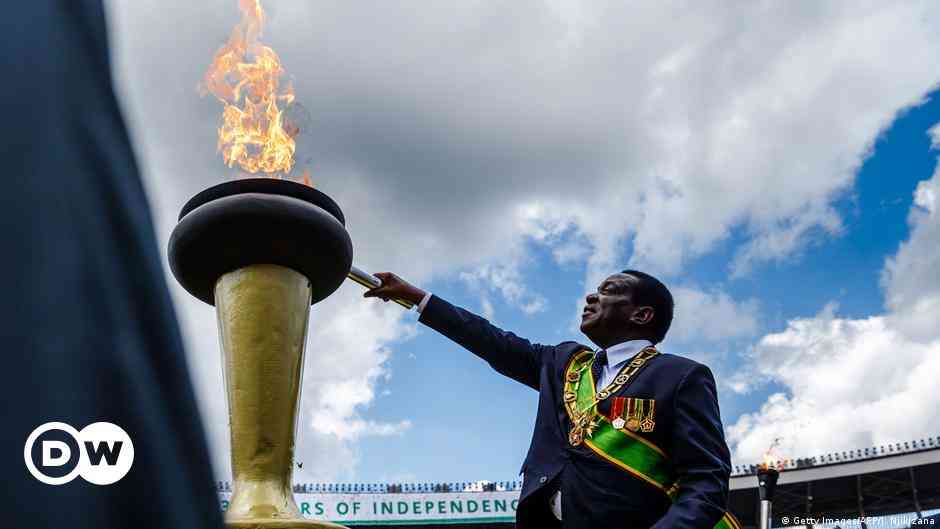
The fact that climate change is both a complex and serious matter is firmly in the public domain. It, therefore, requires multidimensional approaches in communicating it in order to bring out the desired information, hidden, assumed, anticipated or real. Communication experts thrive on print media, visuals, cartoons, posters, billboards, drama, dance, theatre, humour, satire, poetry, music, debates and conferences, among others, in order to bring the best out a phenomenon that has unified and divided nations at the same time. It is the power of cartoons in communicating climate injustices that has so far not received fair and enough coverage, let alone sufficiently researched and documented.
It is the power and instrumental nature of cartoons that knows no boundary, higher office or status on the land. Prominent personalities, multinational companies and anybody that matters, have been caught off-guard and exposed by the power of cartoons. The term, “cartoon” does not appear to show seriousness as it is sometimes associated with funny little things, outright mockery, tomfoolery and playful antics yet they play an instrumental role in exposing climate injustices.
A little laughter, scorn and poking fun provide the powerful communication magic and tonic needed to bring out comic relief, shame and expose climate breakdown and chaos being practised by main polluters, agents of deforestation and degradation of this world. All these contribute to a broad network of climate injustices committed on the planet through industrialisation and development. For these reasons, agents and drivers of deforestation, unsustainable mining practices, agriculture, carbon emitters and green washers need to be caricatured. Of course, climate change is no laughing matter but too much seriousness kills, therefore, it is the role of cartoons to bring out the dark side of climate injustices in meaningful, humorous and sufficiently engaging ways.
Climate cartoonists have an essential duty to foreground to the world the climate injustices that have gone out of control and are threatening to unleash biocide and tear the world apart. Climate cartoons are a result of versatile comedic and creative talents that can present climate injustices, taking into account everyone else’s needs and those of environmental sustainability.
Through climate cartoons, complex scientific ideas are reduced and packaged into small, visible and pervading images that evoke memories in simple ways. They prompt sleepy and tired minds into action and can hardly be ignored while at the same time, inducing either laughter or denigration, depending on one’s ideologies and standpoints. In other words, cartoons appeal to all sensory properties including visual, hearing, taste and touch.
The caricaturing of climate injustice behaviours, diagrammatically presented help to inspire action and promote the most elusive climate justice in simple and inspiring ways. Cartoons fall in the category of “green humour” aimed at exposing the powerful networks of polluters through satire, rebuke and shaming. Topics too complex and problematic are reduced to the ordinary, in order to communicate, inform and educate in a brief, lighter but inspiring manner.
Where complex issues need accompanying explanations, narrations and serious discussion, images help to communicate a thousand words with a brief inscription underneath strengthening a powerful message, and justice is done. It is how informative breakdown of complex climate topics into the ordinary through witty and powerful imagination that help to unmask climate injustices.
Climate governance issues which have become cause for concern and a matter of public interest is exposed through comic justice loaded with actions that need to deliver climate justice through the court of public concern and judgments. Green humour becomes handy in shaming green washing using the power of climate justice lenses.
- COP26 a washout? Don’t lose hope – here’s why
- Out & about: Bright sheds light on Vic Falls Carnival
- COP26 a washout? Don’t lose hope – here’s why
- Out & about: Bright sheds light on Vic Falls Carnival
Keep Reading
Climate cartoons are inspiring because they situate the climate victim at the centre of focus, control and decisionmaking. These cartoons give power that has been taken away by climate bullies and pretenders back to the reader and victims as climate heroes.
Climate cartoons are mediums of communication which are sometimes brutal and ruthless. They know no boundary, no etiquette nor diplomacy they just put the climate justice messages across. They are powerful tools of communication which are ready to save climate victims and deliver instant justice.
Climate breakdown and chaos that have since spilled into the public domain are explored in meaningful, sane and sober ways at the same time healing the trauma and stress brought about by climate change-induced disasters.
While climate cartoons are not everything in challenging anthropogenic behaviours, they are necessary in bringing engaging and new dimensions to the broad climate change discourse, in pathways that promote and strengthen climate justice.
Peter Makwanya is a climate change communicator. He writes in his personal capacity and can be contacted on: [email protected]











